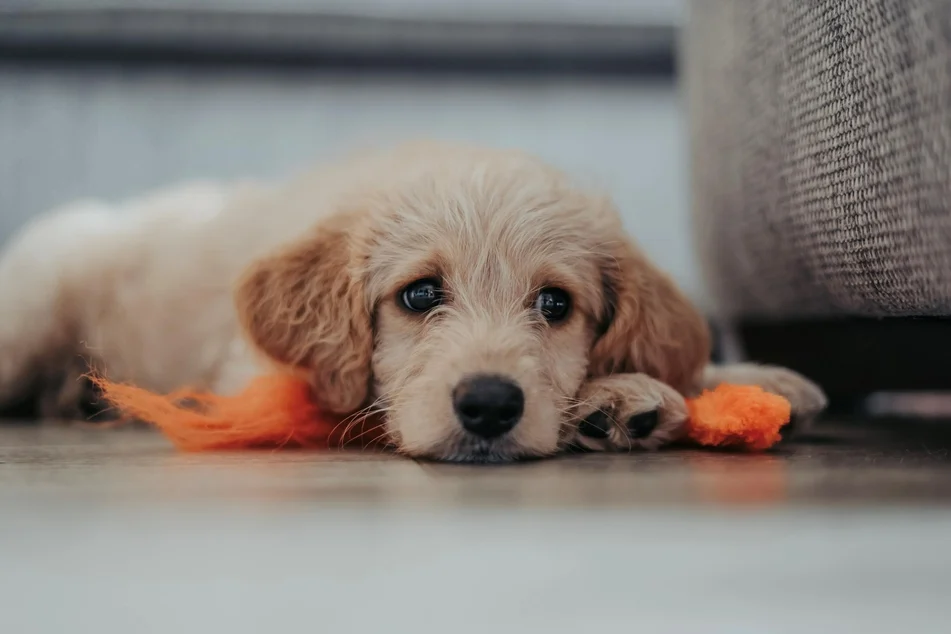Hair on the sofa, in the car, and even on your own clothes – it’s just annoying. Some dog enthusiasts specifically look for dog breeds that don’t shed.
Dogs that don’t shed do exist, or at least those that shed very little. There are even breeds that were specifically bred for this purpose – like the Labradoodle, which looks like the extremely popular Labrador but has fur properties of Poodles: they have curly hair and shed comparatively little.
This is because these animals have minimal undercoat, which is primarily responsible for whether the dog is considered a fur monster or not.
Most dogs lose their fur twice a year, and some breeds don’t have a proper shedding season. However, this doesn’t mean that these dogs don’t shed, as all breeds fundamentally lose dog hair.
Hairless dogs aren’t everyone’s preference. Therefore, the dog guide presents dog breeds that shed very little.
Overview of Dog Breeds That Don’t Shed
If you’d like a dog that doesn’t shed or sheds very little, keep an eye on these breeds:
Do Dogs with Short Fur Shed Less?

Not necessarily. Based solely on the appearance of the fur, it’s not possible to definitively say whether the animals shed heavily or not. While shorter dog hairs are less noticeable, some short-haired breeds, such as Dalmatians and Pugs, shed quite a lot. On the other hand, there are breeds with a wavy, longer coat that surprisingly shed very little or almost not at all. This includes breeds like Poodles and Maltese.
Whether dogs shed little or a lot is mainly related to the hair structure. In dogs with little undercoat and less dense fur, the hair simply continues to grow. Therefore, these dogs need regular fur trimming to prevent it from becoming too long and potentially causing matting or even restricting the dog (for example, if the fur grows over the eyes).
Overview of Dog Breeds That Shed a Lot
The following list shows that short hair does not necessarily mean the animal sheds few hairs:
- Beagle
- Pug
- Newfoundland
- German Shepherd
- Bernese Mountain Dog
- Saint Bernard
- Dalmatian
- Golden Retriever
- Siberian Husky
- and many more.
Even Dogs That Shed Little Need Regular Grooming
Regular grooming is important for all dogs, especially for breeds with minimal shedding. So, if you specifically choose a dog that doesn’t shed much dog hair, you are still not exempt from regularly brushing or combing the dog. In the fur of dogs with curly hair, fallen hairs can get tangled in the curly fur. This makes them shed less, but the fur can still mat.
Good care is important for every breed and ensures not only a beautiful coat but, more importantly, supports the health of the animal.


